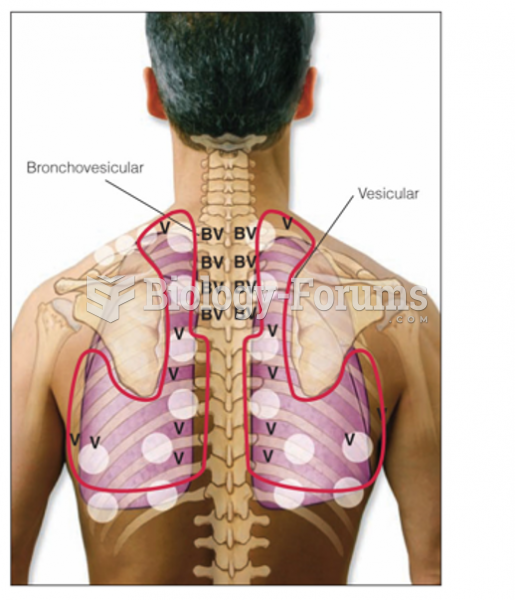|
|
|
Medication errors are more common among seriously ill patients than with those with minor conditions.
In 1835 it was discovered that a disease of silkworms known as muscardine could be transferred from one silkworm to another, and was caused by a fungus.
A strange skin disease referred to as Morgellons has occurred in the southern United States and in California. Symptoms include slowly healing sores, joint pain, persistent fatigue, and a sensation of things crawling through the skin. Another symptom is strange-looking, threadlike extrusions coming out of the skin.
Most childhood vaccines are 90–99% effective in preventing disease. Side effects are rarely serious.
After 5 years of being diagnosed with rheumatoid arthritis, one every three patients will no longer be able to work.







